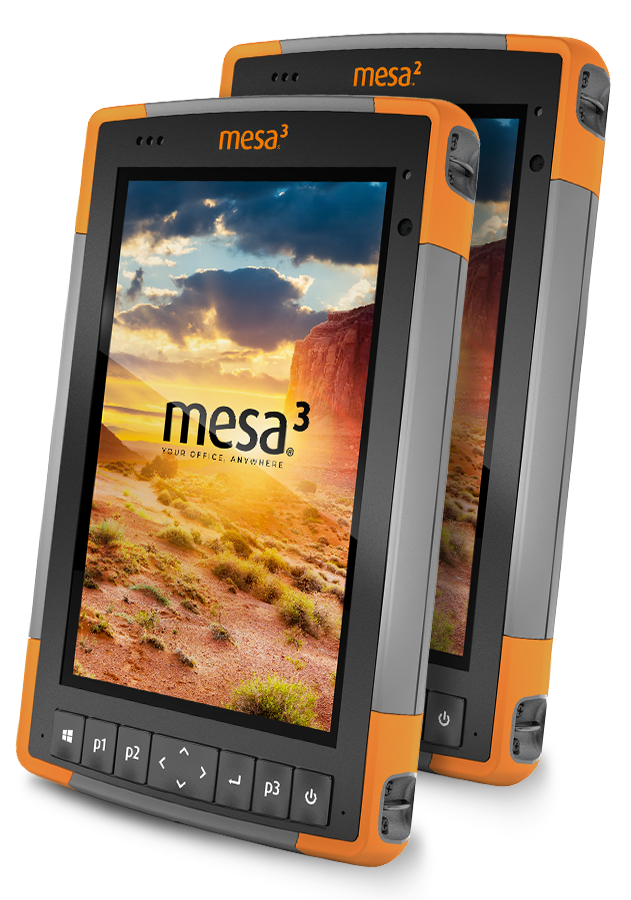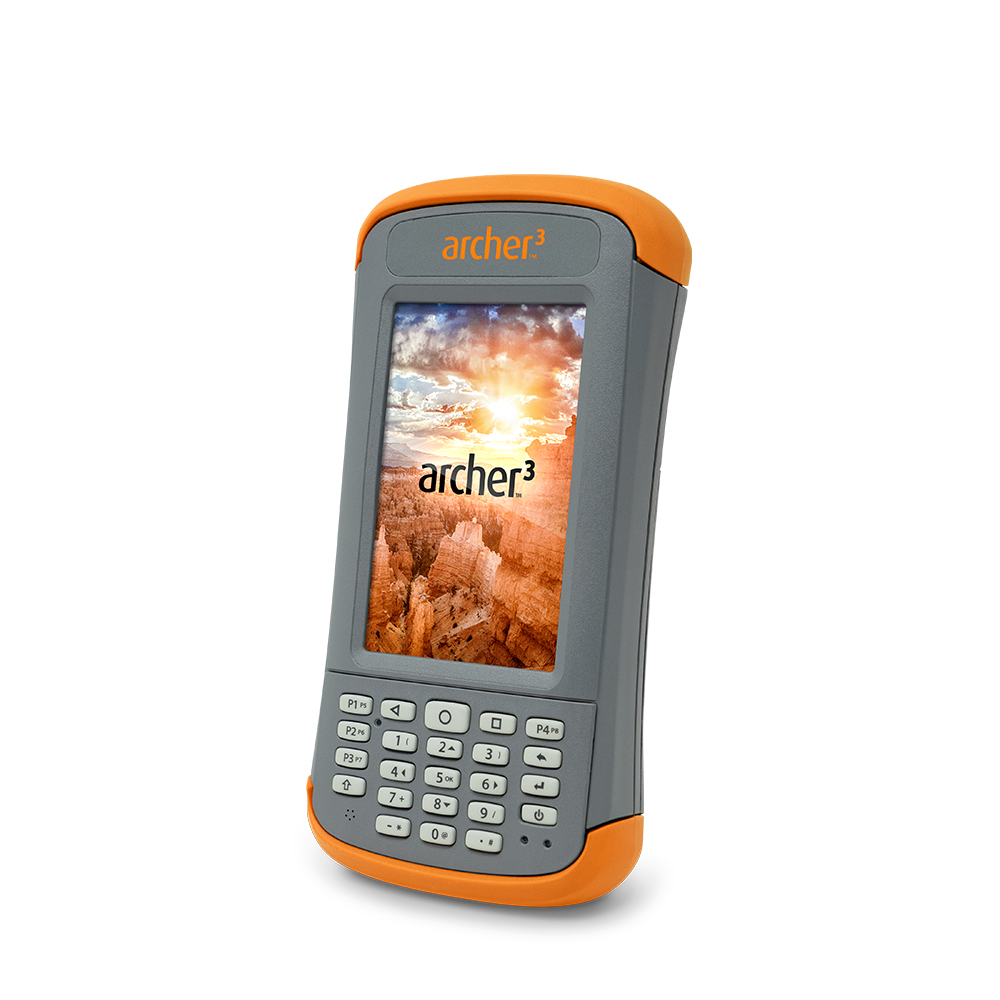What are the hazardous (hazloc) area classifications?
Hazardous locations are classified areas that contain gases, vapors, dust, or fibers that create a risk for fire or an explosion.
Government and workplace safety inspectors rely on hazardous location standards to classify areas based on criteria like likeliness of explosive or flammable material to exist under normal operating conditions, type of explosive or flammable material, and type of jobsite enclosure and ventilation.
What is the hazloc product standard?
In lockstep with international and North American area classification standards, standardization organizations have developed certification requirements for equipment operation in hazardous locations. These requirements ensure employers and workers that equipment will not ignite a fire or explosion in a hazardous location.
North American organizations like the National Fire Protection Association (NFPA) and Canadian Standards Association (CSA) outline minimum equipment requirements in the National Electric Code (NEC) and Canadian Electric Code (CEC). These codes certify equipment that can operate safely in hazardous locations.
These standards certify equipment under the North American class, division, and zone system. The NEC and CEC also classify protection type – like flameproof and dust-protected – with a letter-based code system and a separate letter-number code, which rates the operational surface temperature of a device.
The ATEX directive from the European Union and hazardous location standards from the International Electrotechnical Commission (IEC) categorize electrical equipment based on the type of protection required for safe equipment operation in its hazardous location zones. The key difference between ATEX and the IEC standard is that ATEX is a legal requirement for equipment in hazardous locations and IEC is only a certification of safety.
The North American and international standards certify devices as functionally safe — in normal operating conditions – from igniting flammable gas, vapor, dust, and fibers in hazardous locations.
The standards outline a variety of test outcomes and design requirements that devices must meet for the standard. The requirements of the standards touch on things like fuses, circuit breakers, and wiring that could ignite gas or particulate. Manufacturers utilize the standards to build their products, matching design outlines and building products to meet or exceed test requirements.
How does a device become hazloc certified?
Companies that operate work sites with hazardous locations require certified products that ensure worker safety.
Hazardous locations certification for equipment requires testing by an accredited laboratory. In the United States, the U.S. Occupational Safety and Health Administration (OSHA) formally recognizes firms, known as Nationally Recognized Testing Laboratories (NRTL). After one of these firms completes a hazardous locations equipment evaluation that meets the requirements set by the hazardous location standard, the NRTL lists the product. Listed products can then utilize labeling from the NRTL to indicate its certification.
Hazardous location equipment evaluations assess the design and specifications of components that are critical for safety. The assessments are unique to the type of device and can include spark testing, surface temperature testing, ingress protection testing, and drop testing, among others to ensure safe operation.
The evaluation also audits the manufacturing facility that built the equipment to verify consistency in production.
What is intrinsic safety?
Intrinsically safe equipment safely operates inside highly hazardous locations. This equipment is certified in North America for Class I, Class II, and Class III hazards in Division 1 hazardous locations. Internationally, this equipment can operate in Zone 2 and Zone 22 areas.
What is Class 1, Division 2?
Class I, Division 2 equipment – sometimes called Class I, Div 2 – safely operates inside areas susceptible to hazardous materials under rare circumstances. The title is shorthand for equipment that can operate around Class I, Class II, and Class III hazards in Division 2 work areas.
The popular North American equipment classification works for most job sites.
Which Juniper Systems handhelds are Class 1, Div 2?
Juniper Systems’ Mesa Rugged Tablet and Archer Rugged Handheld product lines offer Class 1, Div 2 certified models.




